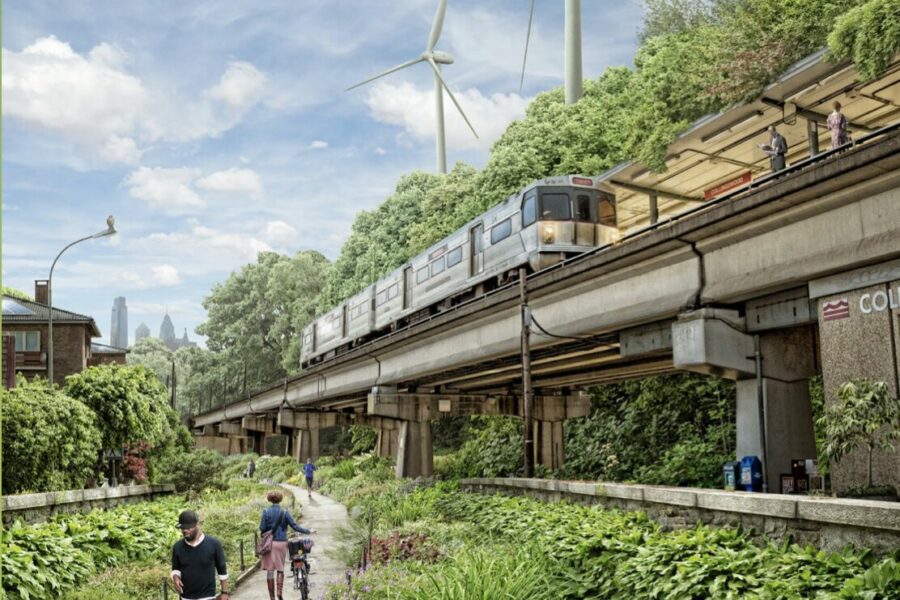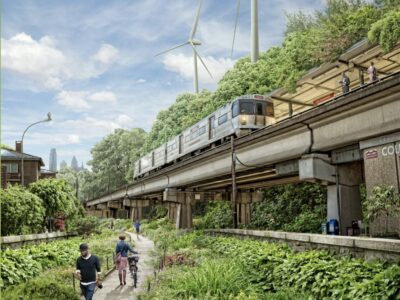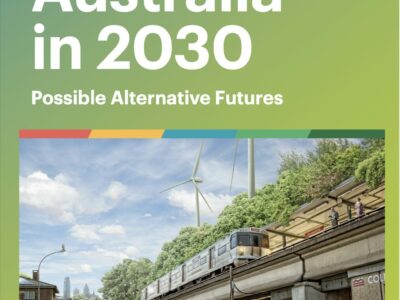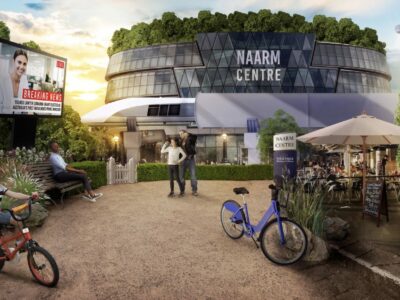This brought over 100 thought leaders from health, social science, environment, human ecology, biodiversity, sustainability, finance, economics, urban design, media, science communication, Indigenous land and fire management, race relations, criminal justice, philanthropy, and futures thinking together over a six week period, to collectively imagine the future.
The project sought to use the moment of disruption provided by the COVID-19 pandemic to imagine possible alternative futures for Australia, and to describe a preferred future – and the steps required to achieve it.
Guided by futures experts, the group used a process of developing narratives for four possible alternative future scenarios: no change, marginal change, maladaptive change and radical transformative change.
What emerged was four possible alternative futures, from which (using a process of backcasting) we surfaced the key elements of a fifth, preferred, integrated scenario – the future we choose.
These scenario, and its’ accompanying policy agenda (see: www.caha.org.au/hrj-agenda) informed the development of a v2.0 policy framework for a national health and climate strategy for Australia. This policy framework, developed by civil society, and informed by these scenarios, was pivotal in the Australian government responding to advocacy, and committing to develop Australia’s first national health and climate strategy. This strategy was released at COP28 in 2023 by Australia’s Assistant Health Minister. These scenarios have also been used as a teaching tool in universities (University of Sydney, and Australian National University) and showcased at the National Sustainability Festival in Melbourne in 2022.
The scenarios were made in: 2021
The scenarios look out to: 2030



